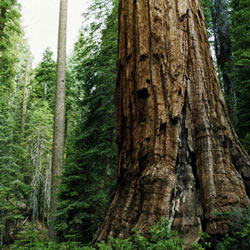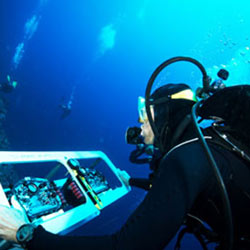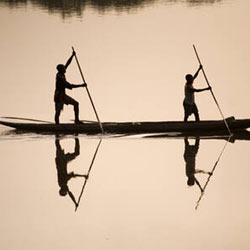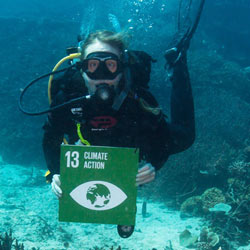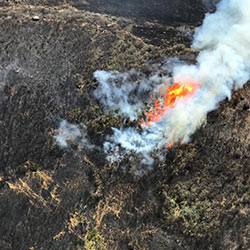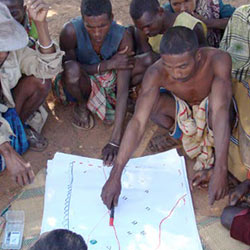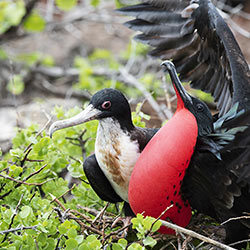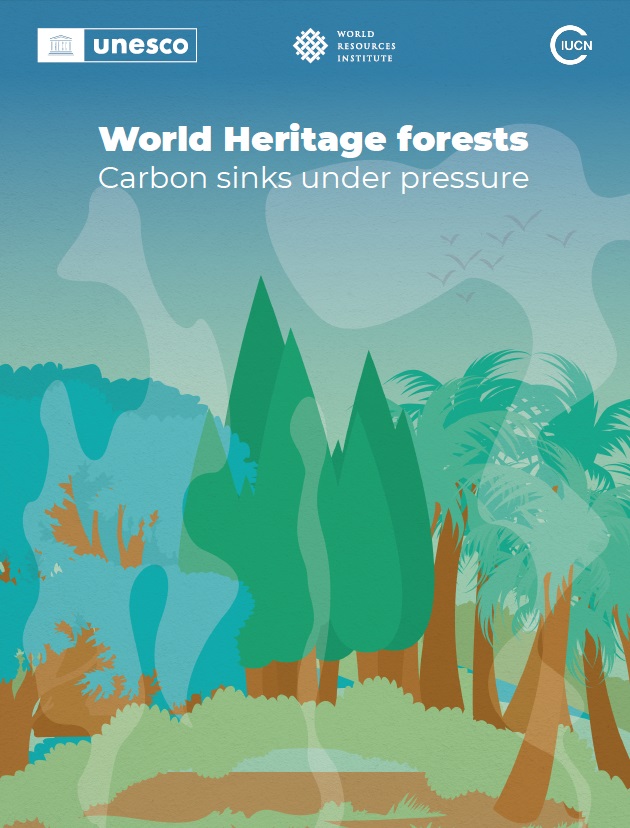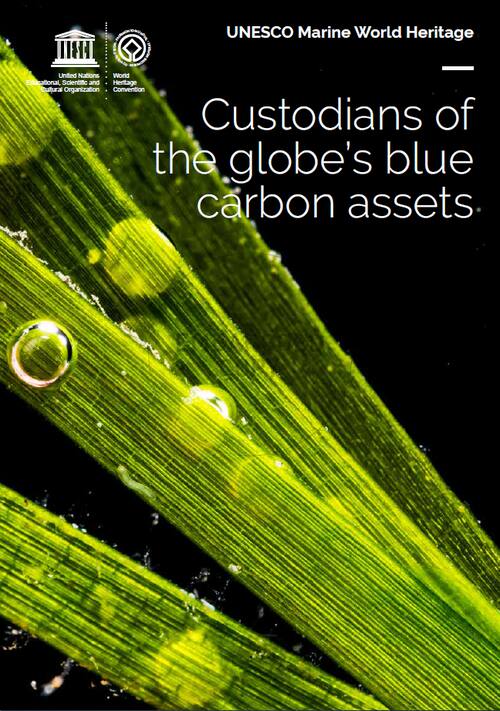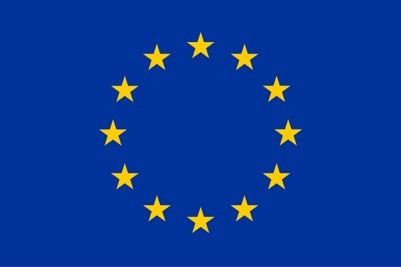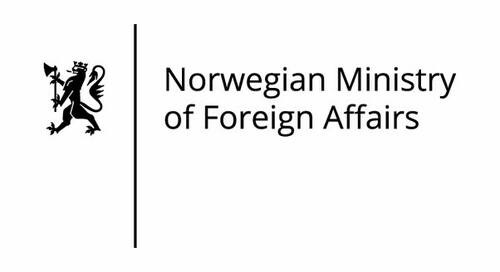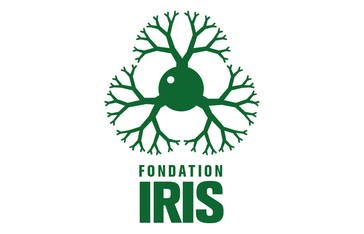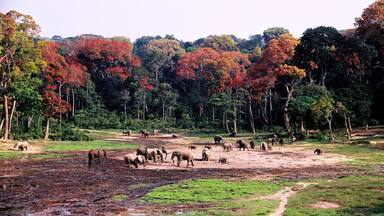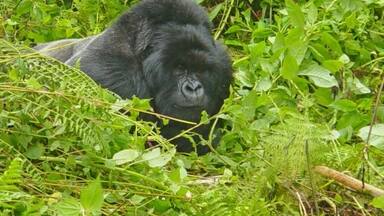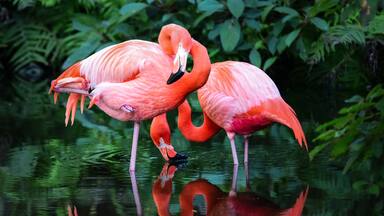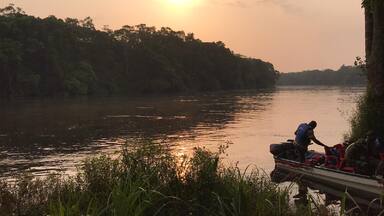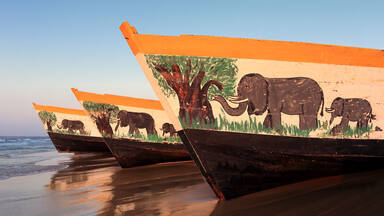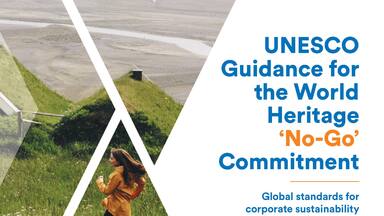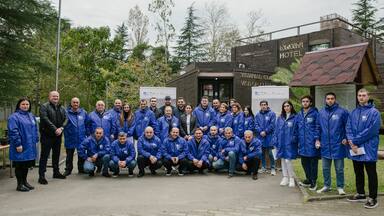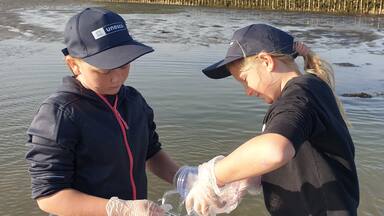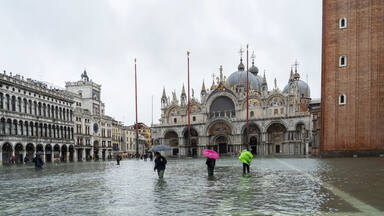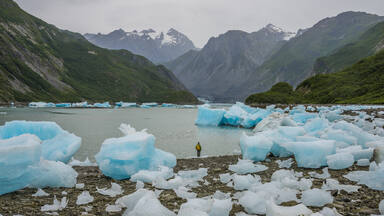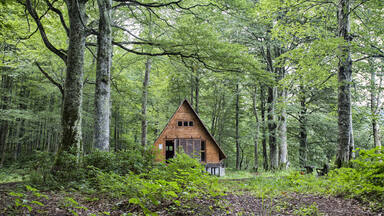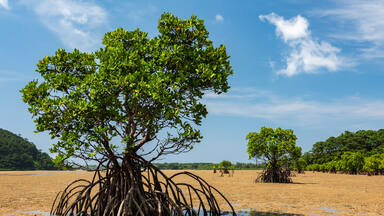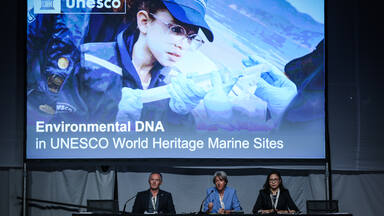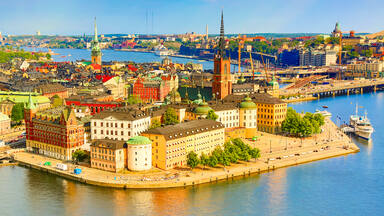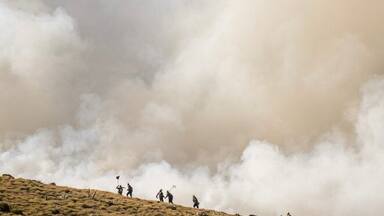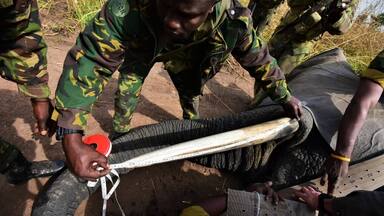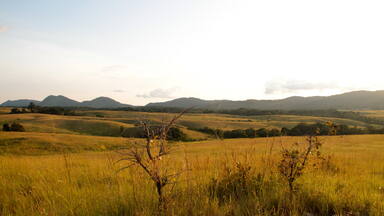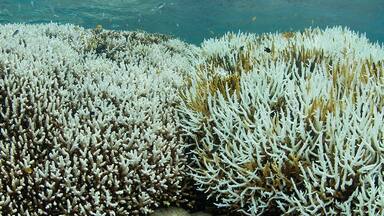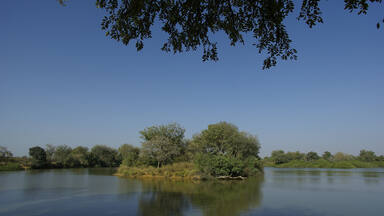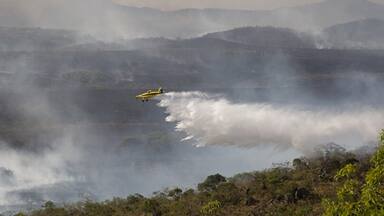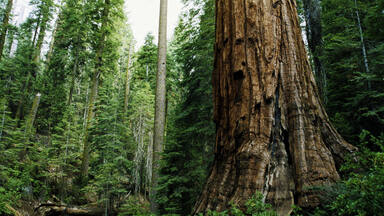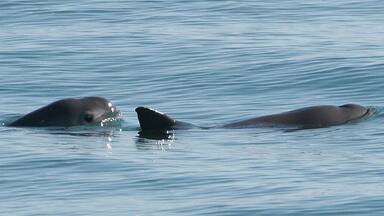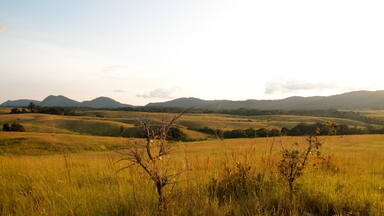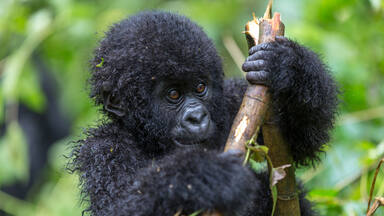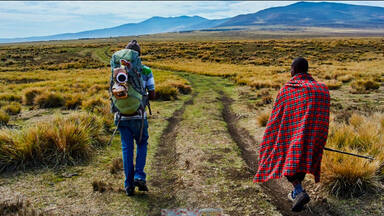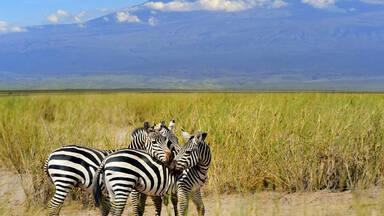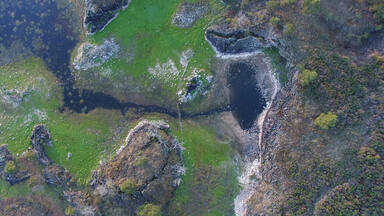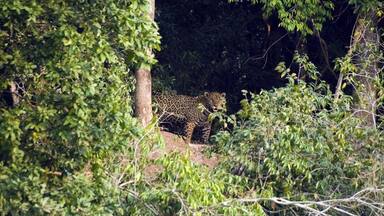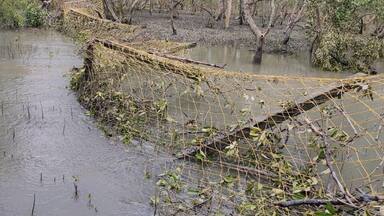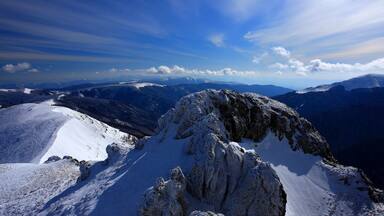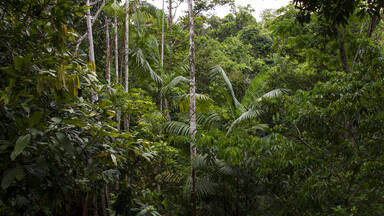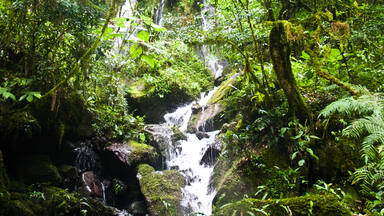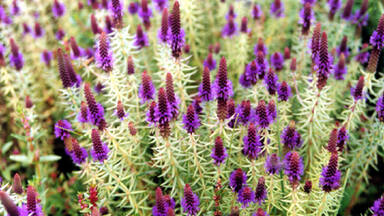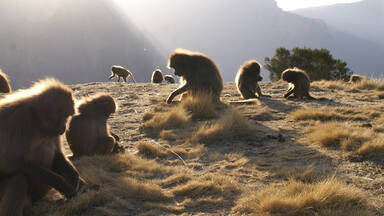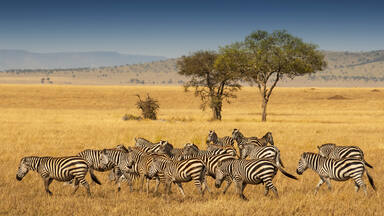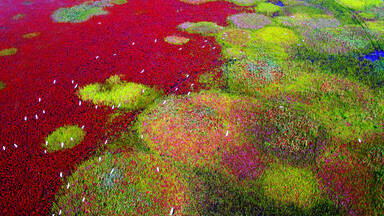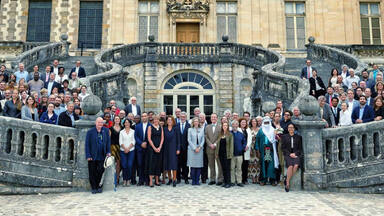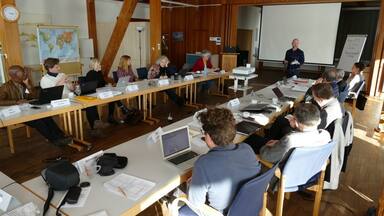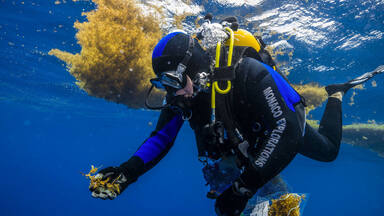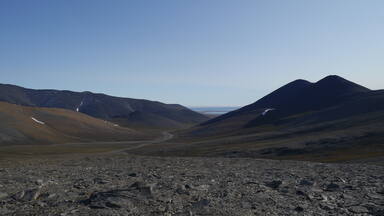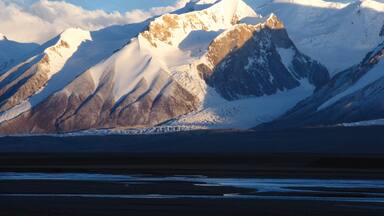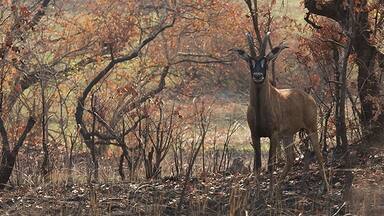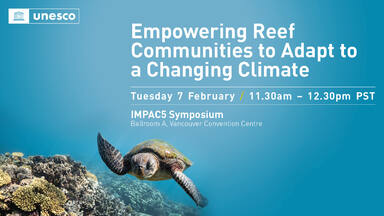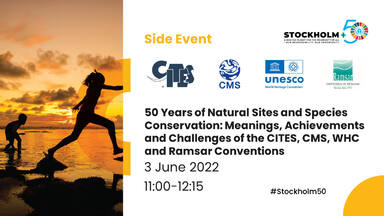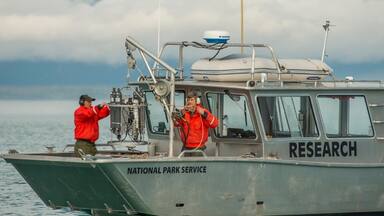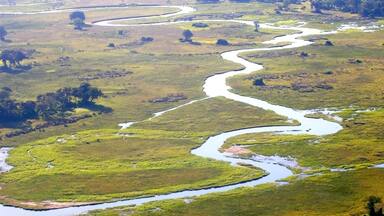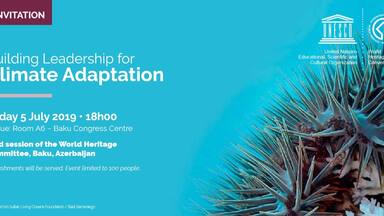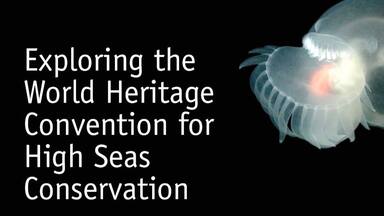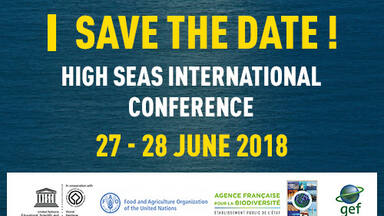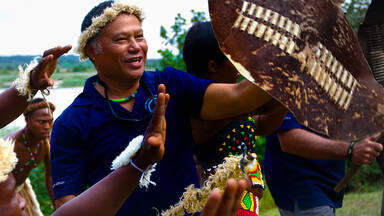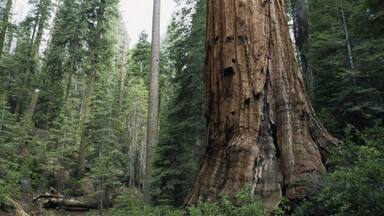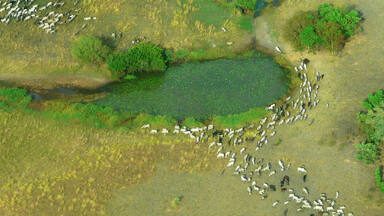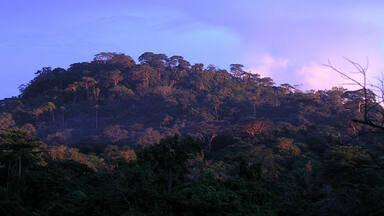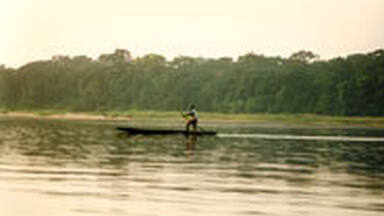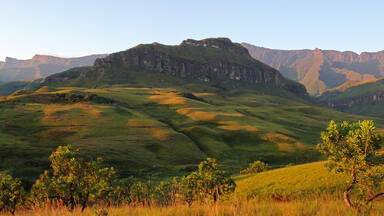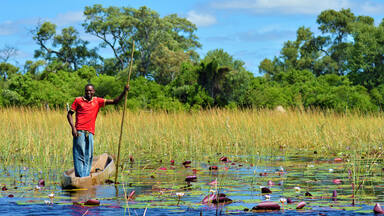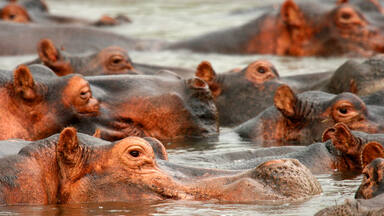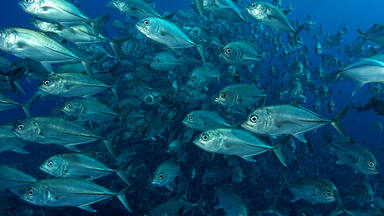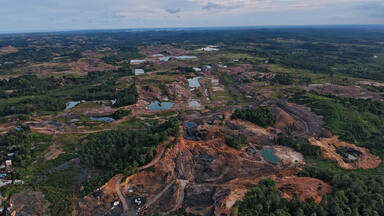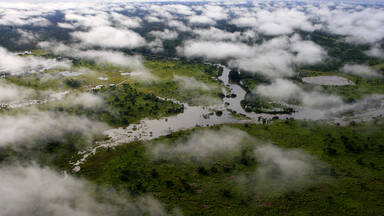The World Heritage Convention is one of the most successful international instruments to protect the most extraordinary natural places on the planet, characterized by their natural beauty or outstanding biodiversity, ecosystem and geological values. The Convention has provided international recognition to around 3,500,000 km2 (more than the size of India) in over 250 terrestrial and marine sites across more than 100 countries, and while certain gaps in the World Heritage List remain, it currently protects an extremely valuable sample of our natural heritage.
Nature’s most precious gifts to humanity
International recognition to the planet's most outstanding natural heritage, protecting around 3,500,000 km² (more than the size of India) in over 250 sites across more than 100 countries.
A threatened
paradise
Natural World Heritage sites account for around 8% of the total surface covered by all 280,000+ terrestrial and marine protected areas worldwide. Yet they are under increasing pressure from climate change, invasive species and the negative impacts of extractive industries and tourism.
Our
Mission
To pursue long-term conservation of biodiversity and sustainable development through the fullest and broadest application of the World Heritage Convention for the benefit of current and future generations.
Support us
Play your part and support the critical work taking place to protect our planet’s most precious places.
Facts and figures
Over 3.5 million km2 in total protected, of which 60% is marine
Around 8% of the total surface covered by all 280,000+ terrestrial and marine protected areas worldwide
257 natural (including 39 mixed) World Heritage sites in 111 countries
2/3 of natural sites are crucial sources of water
About half of sites prevent natural hazards such as floods or landslides
Over 90% of listed natural sites create jobs and provide income from tourism and recreation
World Heritage forests absorb approximately 190 million tons of CO2 each year (equivalent to half the United Kingdom’s annual CO2 emissions from fossil fuels)
Marine and coastal sites host 15% of global blue carbon assets
Success stories
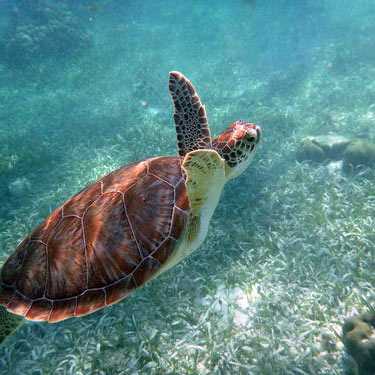
Removal from the List of World Heritage in Danger
Thanks to international support and joint action on the ground, several sites such as Sangay National Park (Ecuador), Simien National Park (Ethiopia), Comoé National Park (Côte d’Ivoire), Belize Barrier Reef Reserve System (Belize) and Salonga National Park (Democratic Republic of the Congo) have been removed from the List of World Heritage in Danger.

Lifting communities out of poverty
World Heritage sites support human wellbeing and are important motors for regional socio-economic development. Since World Heritage Listing in 1999, iSimangaliso Wetland Park (South Africa) generated over 12,000 jobs and 80% growth in sustainable tourism. In Lake Malawi National Park (Malawi), World Heritage status is helping communities to protect fish biodiversity.
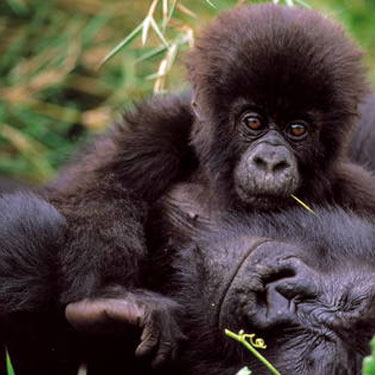
Corporate sector commitment to protect World Heritage
More than 50 companies and industry associations have endorsed policies to safeguard UNESCO World Heritage sites in various sectors, including extractive industries, hydropower, finance and insurance sectors. These policies are commonly known as the World Heritage 'no-go' commitment.
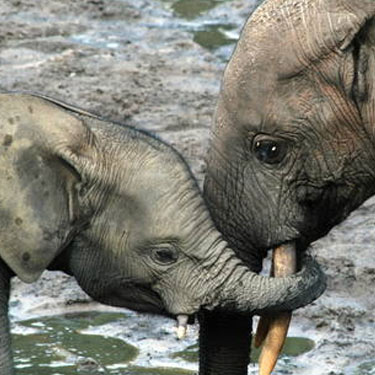
Protection of the last intact rainforests of Africa
Since 2002, the Central Africa World Heritage Forest Initiative (CAWHFI) has strengthened the protection of more than 225,000 km2 of rainforests in the Congo Basin.
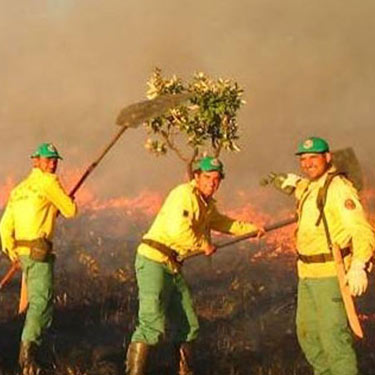
Saving natural World Heritage sites from disasters and emergencies
In 2006, the World Heritage Centre launched the world’s fastest conservation fund, the Rapid Response Facility (RRF), to channel emergency funds for natural World Heritage sites. Since then, more than 25 sites have been supported contributing to the protection of over 300,000 km2
Focus Areas
Nature’s most precious gifts
to humanity
Natural World Heritage sites contain some of the Earth's most valuable natural areas recognized as being of Outstanding Universal Value (OUV) to humanity for their global significance to nature conservation. To date, there are 257 natural sites inscribed on the UNESCO World Heritage List, including 218 sites recognized for their natural value and 39 mixed sites (recognized under both natural and cultural criteria). The World Heritage Convention sets the highest international standards for the integrity, protection and management of around 3,500,000 km2 (more than the size of India) across more than 100 countries.
Ranging in size from less than 1 km2 in Vallée de Mai (Seychelles) to almost 700,000 km2 in French Austral Lands and Seas (France), natural World Heritage sites harbour provide crucial habitats to many iconic species and harbor unique natural beauty, stunning landscapes, rare ecological processes, and exceptional biodiversity. These sites include many iconic places such as the Serengeti National Park (Tanzania) that hosts the largest terrestrial mammal migration in the world, the living museum of evolution of Galápagos Islands (Ecuador), Yellowstone National Park (United States of America) known for its wildlife and its many geothermal features and the world's largest coral reef system at Great Barrier Reef (Australia). Natural World Heritage sites are home to one third of all remaining elephants, tigers and pandas on the planet as well as 1 out of 10 of all great apes, rhinos and lions, and are often a last refuge for species threatened with extinction, such as the vaquita, mountain gorillas and orangutan.
Millions of people are directly dependent on the countless benefits and services these sites can provide, supporting livelihoods and wellbeing. Over 90% of listed natural sites create jobs and provide income from tourism and recreation. Two-thirds of natural sites are crucial sources of water, and about half help prevent hazards such as floods or landslides. They also have a central role in climate regulation and carbon sequestration as World Heritage forests absorb approximately 190 million tons of CO2 each year (equivalent to half the United Kingdom’s annual CO2 emissions from fossil fuels). Marine and coastal sites are also critical to mitigating climate impacts storing 1.3 billion tons of carbon (known as blue carbon) in seagrass meadows, tidal marshes and mangroves, representing 15% of global blue carbon assets.
A threatened paradise
Natural World Heritage sites account for around 8% of the total surface area covered by all 280,000+ terrestrial and marine protected areas worldwide. Yet they are under increasing pressure. According to IUCN, the official advisory body on nature under the World Heritage Convention, climate change, invasive species and the negative impacts of tourism are currently the three most significant threats. Other major threats include poaching, planned infrastructure such as roads, dams, mining, oil and gas projects, and conflicts.
To date 16 natural World Heritage sites are on the List of World Heritage in Danger. Climate change is however the fastest growing threat to natural World Heritage, with the number of sites highly threatened by climate change almost doubling in the last decade. Forests, coral reefs and glaciers are among some of the most affected ecosystems. Wetlands, low-lying deltas, permafrost and fire sensitive ecosystems are also affected.
Almost 2/3 of forests found in World Heritage sites are threatened by land use pressures and climate-related hazards such as wildfires. A first global scientific assessment of greenhouse gas emissions and sequestration in World Heritage forests revealed that at least 10 sites were net carbon sources since 2000 and that one single climate-related hazard could make a forest from a carbon sink to source.
World Heritage-listed coral reefs, such as the Great Barrier Reef (Australia) (the world's largest coral reef system), the Aldabra Atoll (Seychelles) in the Indian Ocean (the world's second-largest coral atoll) and the Belize Barrier Reef (Belize) in the Atlantic (the largest barrier reef in the northern hemisphere) have been affected by devastating mass coral bleaching events over the past decades. A first global scientific assessment of the impacts of climate change on World Heritage coral reefs revealed that by 2040, all World Heritage-listed coral reefs could face annual severe bleaching events at least twice a decade.
World Heritage glaciers have been retreating at an accelerated rate since 2000 due to warming temperatures. They are currently losing 58 billion tons of ice every year – equivalent to the combined annual water use of France and Spain– and are responsible for nearly 5% of observed global sea-level rise. Glaciers in a third of the 50 World Heritage glacierized sites are condemned to disappear by 2050, regardless of efforts to limit temperature increases. This includes the last remaining glaciers in Africa such as Mount Kilimanjaro as well as other iconic sites in Europe and North America such as the Dolomites (Italy), Pyrénées – Mont Perdu (France, Spain) and Yosemite National Park (United States of America).
Due to their environmental and social risks, planned infrastructure development projects pose a major threat to World Heritage, with almost a hundred sites being affected by proposed or realised roads (Iguaçu National Park in Brazil), mining, oil and gas projects (Virunga National Park in the Democratic Republic of the Congo). Another important threat is the construction of dams, with more than 50 World Heritage sites reporting potential impacts from water infrastructure projects underway or planned, such as Tanzania's Selous Game Reserve, home to the critically endangered black rhinoceros.
Pressure on natural sites from massive tourism is also increasing. Every year, natural World Heritage sites receive more than 100 million visitors and tourism infrastructure projects have been reported in more than 30 sites, such as Mosi-oa-Tunya / Victoria Falls (Zambia/Zimbabwe), the world’s greatest sheet of falling water, and Volcanoes of Kamchatka (Russian Federation), home to the world's largest known variety of salmonoid fish.
The impacts of invasive species is also among the major threats to natural World Heritage sites and the biodiversity they help protect. With the unfolding impacts of climate change, the problem is likely to get worse. According to the IUCN World Heritage Outlook, more than 100 sites are affected by invasive species, particularly island sites. For instance, in Cuba's Alejandro de Humboldt National Park invasive alien trees are transforming the habitat by growing much faster than native trees. Fish (mostly trout), cats and rodents notably rats are other invasive species threatening natural World Heritage sites such as East Rennell (Solomon Islands).




Support us: Become a Futurekeeper
If natural World Heritage sites are not adequately protected, their unique values could be irreversibly damaged or lost. Effective management and sufficient resources are key to overcoming threats to these sites. Yet, lack of long-term finance is a major concern for almost half of natural World Heritage sites.
Play your part and support the critical work taking place to protect our planet’s most precious places. Because We Are All Futurekeepers.
Our Mission: Bringing together nations to protect exceptional nature
The World Heritage Convention brings together almost all countries of the world around a common objective of conserving the most exceptional natural and cultural sites. But the Convention is not only addressing governments, it also brings together other stakeholders and rightsholders, including local communities and indigenous peoples, the private sector and others.
The mission of the UNESCO World Heritage Centre is to pursue long-term conservation of the world’s natural and cultural heritage and sustainable development through the fullest and broadest application of the World Heritage Convention by all. Among the tasks of the UNESCO World Heritage Centre are the monitoring of the state of conservation of sites. UNESCO also provides technical assistance, strengthens the capacity of stakeholders involved in heritage conservation and supports projects that enhance effective and equitable protection and management of World Heritage for the benefit of current and future generations.
Africa is a Global Priority for UNESCO. The conservation, sustainable use and management of forest sites in Central Africa, and in particular in Cameroon, Congo, Gabon and the Central African Republic, have since 2002 benefited from the activities of the Central Africa World Heritage Forest Initiative (CAWHFI). It aims to strengthen the management of UNESCO World Heritage sites in the Congo Basin while improving their integration within the region's various ecological landscapes. Significant efforts are made to provide support to natural World Heritage sites affected by civil conflicts such as Manovo - Gounda St. Floris National Park (Central African Republic) and W-Arly-Pendjari Complex (Benin, Burkina Faso, Niger). Further support has also been secured for elephant and giraffe monitoring in Garamba National Park and mitigating conflict and protecting rightful access to natural resources in Okapi Wildlife Reserve in the Democratic Republic of the Congo.
Marine World Heritage sites are leading marine conservation efforts in many countries. Launched in 2005, the mission of the World Heritage Marine Programme is to establish effective conservation of existing and potential marine areas of Outstanding Universal Value to make sure they will be maintained and thrive for generations to come. The programme has three focus areas to fulfil its mission: monitoring sites’ conservation status, connecting site managers, and build climate leadership across the network of marine sites. Some initiatives include research on marine biodiversity through environmental DNA (eDNA), building resilience at World Heritage-listed coral reefs through the Resilient Reefs Initiative, and addressing climate science gaps.
Engaging local communities is a key commitment under the World Heritage Convention to protect cultural and other human rights, empower local heritage custodians and secure broader and long-term support to World Heritage. In addition to supporting implementation of a dedicated policy on World Heritage and sustainable development, UNESCO launched with other UN partners the Community Management of Protected Areas for Conservation (COMPACT) initiative in 2000. Recently the programme has supported community projects in the Okavango Delta (Botswana) and the Maloti-Drakensberg Park (Lesotho/South Africa). Amongst other activities, UNESCO supports community-based initiatives in Lake Malawi National Park (Malawi) contributing to the protection of the lake’s extraordinary fish biodiversity.
The UNESCO World Heritage Centre has also maintained a close dialogue with the corporate sector to protect World Heritage sites from harmful industrial and large-scale activities. To date, more than 50 companies and industry associations have endorsed policies to safeguard World Heritage sites in various sectors, including in extractive industries, hydropower, finance and insurance sectors, commonly known as the World Heritage ‘no-go’ commitment.
To fill the existing gaps in the World Heritage List, the UNESCO World Heritage Centre provides technical support to States Parties in the preparation of nomination dossiers. Such support has led to inscription of several important natural sites in the Africa region, including the Okavango Delta (Botswana), Namib Sand Sea (Namibia), Ivindo National Park (Gabon) and the world’s first transboundary tripartite site, Sangha Trinational (Camerron, Central African Republic, Congo).
Resources
Other relevant resources on natural World Heritage
- Managing Natural World Heritage
- IUCN World Heritage Outlook 3
- World Heritage Review n°102 - The private sector pitches in
- World Heritage Review n°100 – Climate Change
- World Heritage Review n°98 - Monitoring World Heritage from Space
- World Heritage Review n°96 - World Heritage and Biodiversity
- World Heritage Review n°89 - World Heritage and Wetlands
- World Heritage Series n°40 – Engaging Local Communities in Stewardship of World Heritage
- World Heritage Series n°37 – Climate Change Adaptation for Natural World Heritage Sites – A Practical Guide

